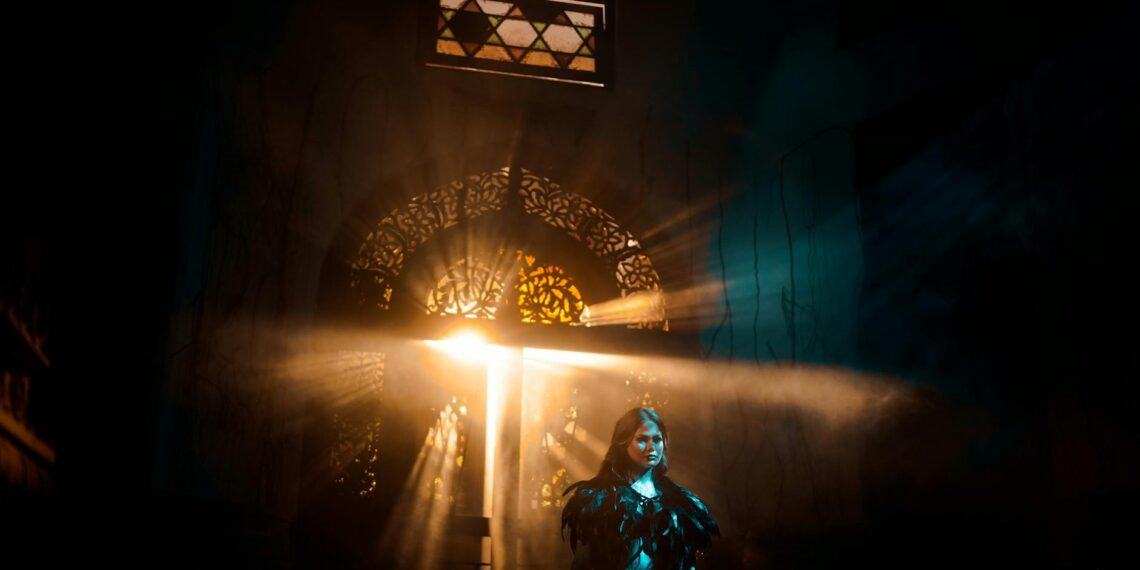If you suspect a coin might be counterfeit, here are several methods you can use to check its authenticity:
- Design Details: Compare the suspicious coin to images of genuine coins. Look for discrepancies in the lettering, font style, spacing, and overall design elements. Counterfeit coins often have blurry, [inconsistent, or poorly defined features compared to the crisp details of genuine coins | 1.5.1, 1.5.2].
- Surface Quality: Examine the coin’s surface for irregularities. Counterfeit coins might have bubbles, pits, or seams, which are signs of casting rather than the striking process used for genuine coins. Genuine coins tend to have a smooth and even surface finish.
- Edge: Inspect the edge for inconsistencies. Many genuine coins have specific edge designs like reeding or lettering. Counterfeits might have a smooth or irregular edge where reeding should be, or may show seams.
- Measure and Weigh: Use a precise digital scale and calipers to measure the coin’s weight and dimensions (diameter and thickness). Compare these measurements to the official specifications for the coin type, which can be found in reference books or online databases. Significant discrepancies often indicate a counterfeit.
- Magnet Test: Many genuine precious metal coins (gold, silver, platinum) are non-magnetic. Hold a strong magnet near the coin; if it’s attracted, it likely contains magnetic base metals and is probably a counterfeit. However, some genuine coins like the 1943 Lincoln cent contain steel and will be magnetic.
- Ping (Sound) Test: Gently tap the coin with a hard object (like another coin or a pen) and listen to the sound. Genuine gold and silver coins produce a distinct ringing sound, while fakes may sound dull or flat. This test can be enhanced with smartphone apps that measure the frequency of the sound, [notes APMEX].
- Ice Test: Silver is an excellent heat conductor. Place an ice cube on the surface of a silver coin. If it’s genuine silver, the ice should melt quickly due to the rapid heat transfer.
- Technology: Specialized tools like XRF analyzers and ultrasonic testers can analyze a coin’s metal composition and internal structure to detect fakes.
- Professional Grading Services: Consider submitting coins to reputable grading services such as NGC or PCGS. They authenticate and grade coins, providing a certificate of authenticity.
- Numismatic Experts: If you have doubts, seek the opinion of an experienced numismatist, coin dealer, or appraiser.
- Source: Purchase coins from reputable dealers and avoid deals that seem too good to be true, advises acefonline.org.
- Guarantees: Choose dealers who provide guarantees of authenticity and have good return policies.
By using a combination of these methods, you can significantly increase your chances of identifying counterfeit coins and protecting your collection, [according to Copper State Coin].











How to verify if a coin is real?
Good point! The color. Color is a unique characteristic of each coin. …
Brightness. This is obtained during minting and like color is a characteristic of each alloy.
Smoothness. Parts of the coin that are not engraved should be smooth, even and without porosity.
Wear and tear. …
Latent image. …
Microtext.
Will a magnet stick to a fake coin?
From my experience, Tilt your coin or bar 45 degrees, place magnet on the tilted surface. If it slides down, it is real. If it sticks, it is fake. Be aware that counterfeiters use silver plating on coins and the silver plating can defeat the magnet test.
What does a fake dollar coin look like?
I can help with that. First, examine the “third side” or edge of the coin. Counterfeiters often use a thin layer of silver to plate the obverse and reverse. But they don’t bother to cover the edge. You will be able to see the applied silver from the difference in color and unevenness on the edge.